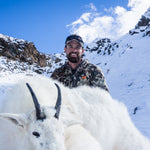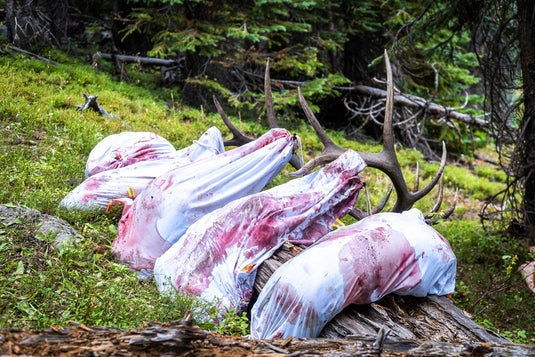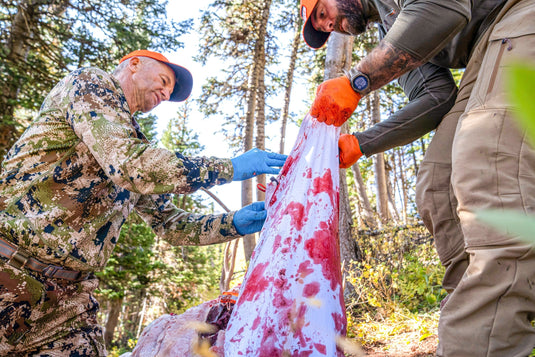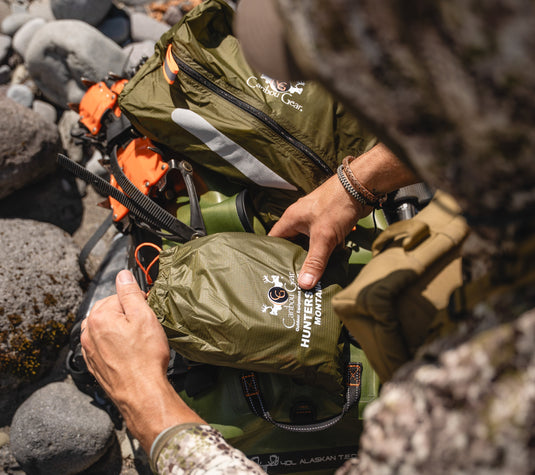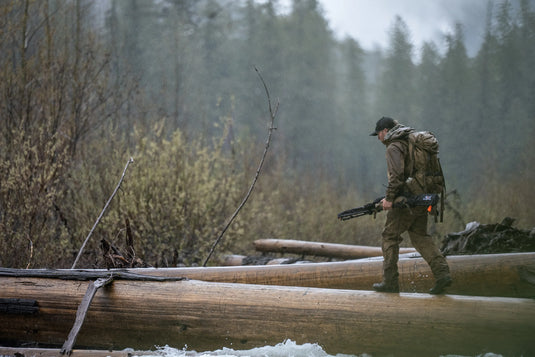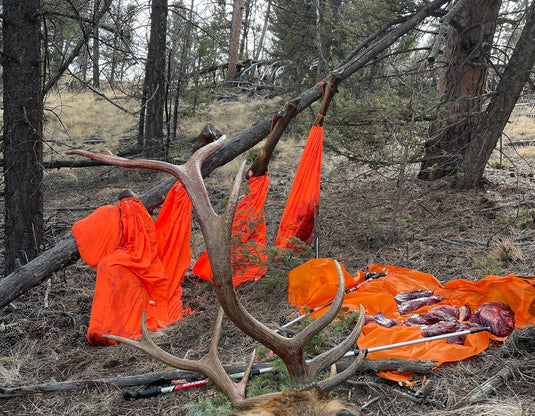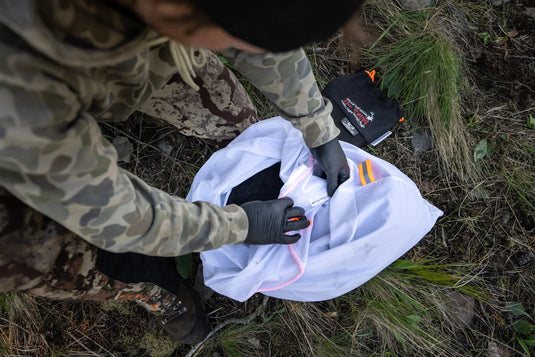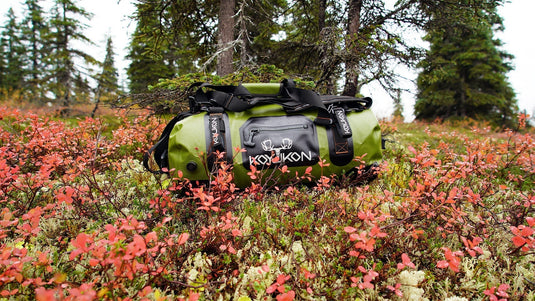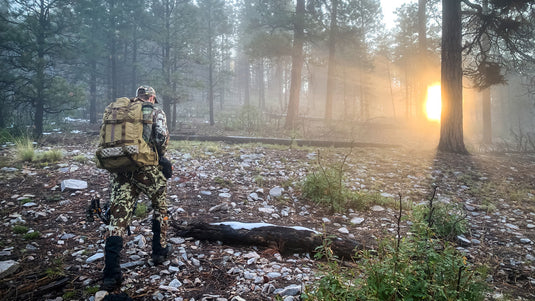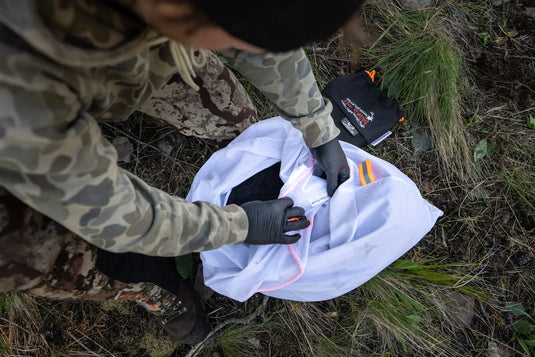The long winter is closing out and hunters can stop dreaming and start tackling spring seasons. Bear and turkey are the primary spring species in many states. Spot and stalk bear hunts offer special hunting opportunities that are both challenging and rewarding. The ability to spend weeks and in some states, several months chasing black bears is a treat after being cooped up for the winter.
Packing for a spring bear hunt? See our previous article for a few tips on what to bring. This time, we have a few tips to help you get started as you begin the search for spring black bears:
Find the Food
States like Idaho, Montana and Wyoming offer over-the-counter spring bear hunting opportunities. No matter where you’re headed, spring bear season is all about finding the food.
The bears have been cooped up all winter and they need to get their digestive tracts activated and working. After a long winter, eating grass, plants and insects gets them up and running for the summer. They have a plug in the digestive tract, and grass is especially helpful for clearing this obstruction as they pop out of hibernation mode.
If you focus on food sources and glass them hard, bears are likely to turn up. Look for fresh greenery to find bears. Budding plants and new green grass are prime for spring bears.

Work the Sweet Spots
As the snow melts, a large portion of the landscape turns green and the hunting areas expand. As bears disperse and begin moving across the landscape, look to specific features for consistent action. Avalanche chutes are hot spots in the high country. Also look to logging roads and south-facing slopes for spring bears.
Spend an hour or so glassing an area and move on if you don’t find any bears. They are often easy to spot and look like stumps or visible clumps when out feeding. If you aren’t finding bears in an area, move on to a new spot until they turn up. Spot and stalk hunts often require hitting multiple zones until bears turn up. Plan on hiking and glassing until you find that sweet spot.
Judge Carefully
Field judging bears is not easy and confusing boars and sows is common. Getting close makes a big difference because the details really count when it comes to judging bears. If you see cubs, the bear is a sow but some females are solos so don’t jump to conclusions on solitary bears.
A sow will have a big rear end while boars are front heavy and shoulder strong. Do an ear check to rough judge size as well. Small looking ears indicate a mature bear while large looking ears demonstrate a smaller skull and less mature bear. It’s not a perfect science and the only way to really become proficient is through time in the field with bears in your view.
Gear for the Hunt
Again, see our previous article for a few ideas of what to bring on a spring bear hunt. For more resources, check out all the great hunting gear we offer at our sister site, HuntingGearOutfitters.com.
If you need help or if you have questions, please don’t hesitate to contact us. We’d be happy to offer our best recommendations and make sure you’re ready for that upcoming adventure!

By Zach Lazzari


